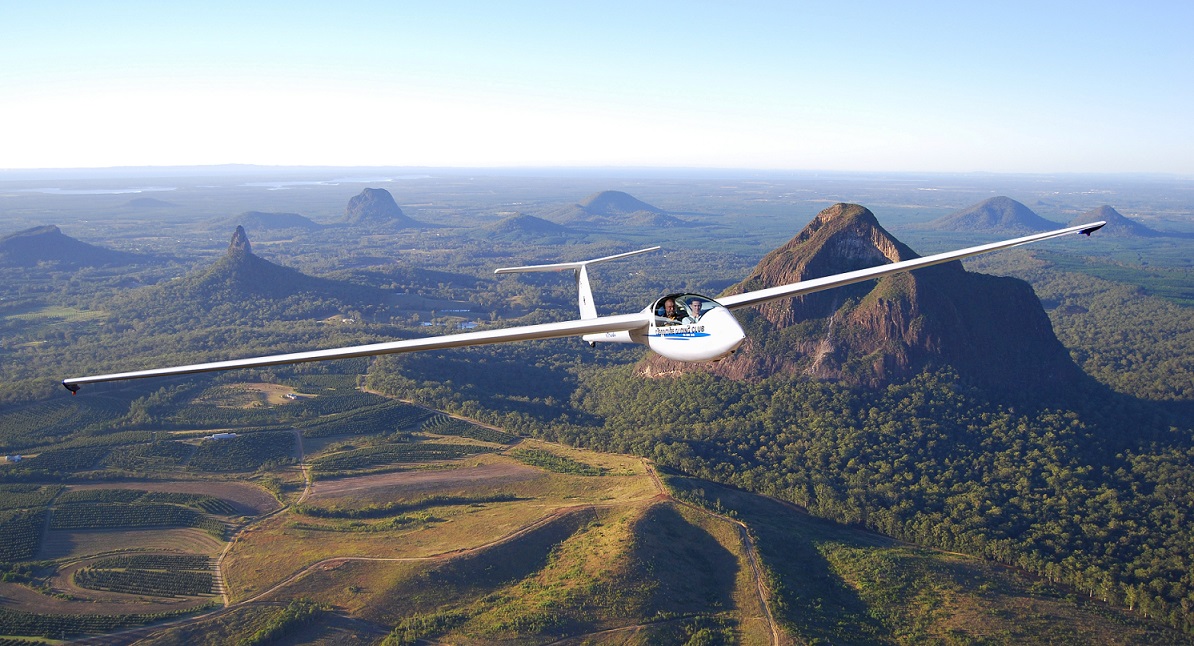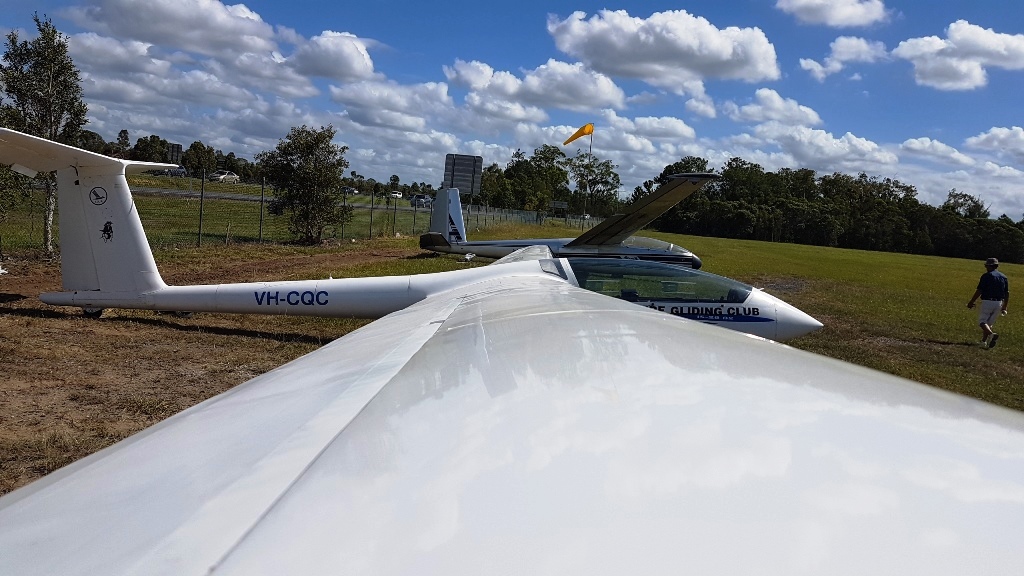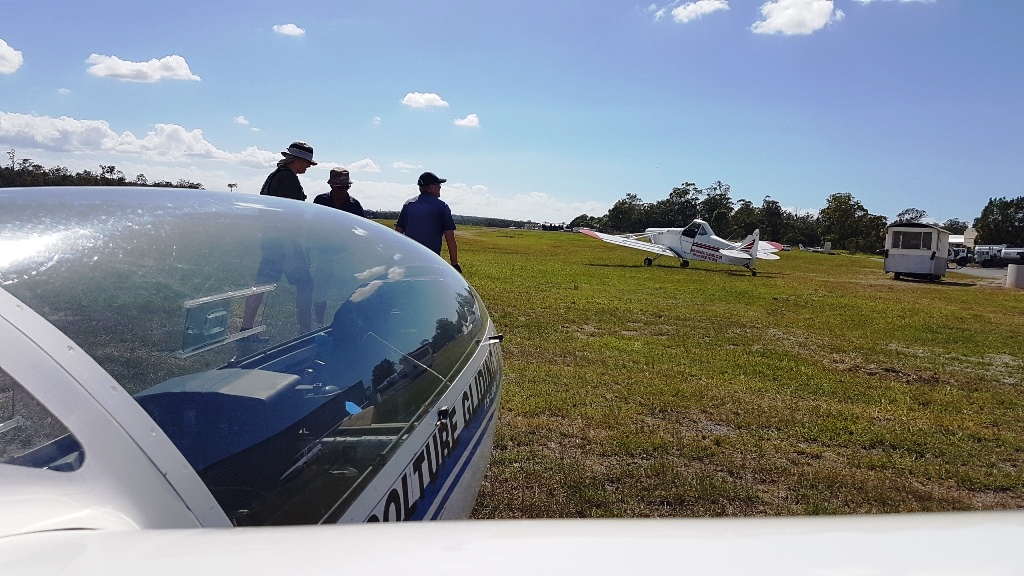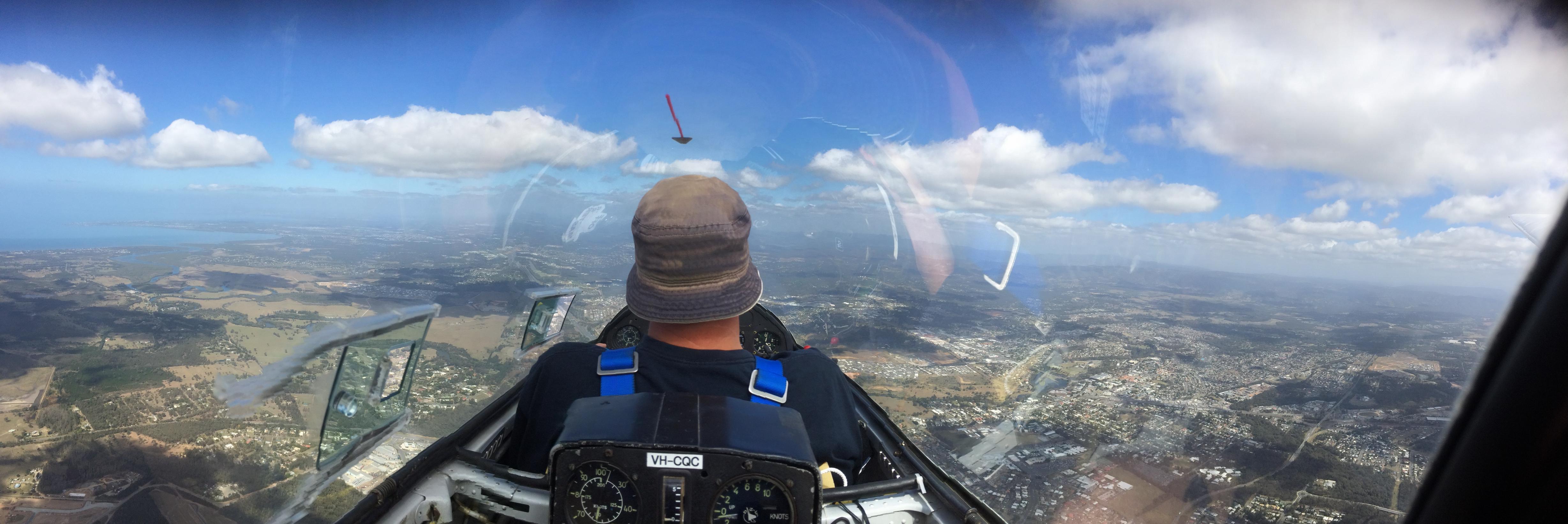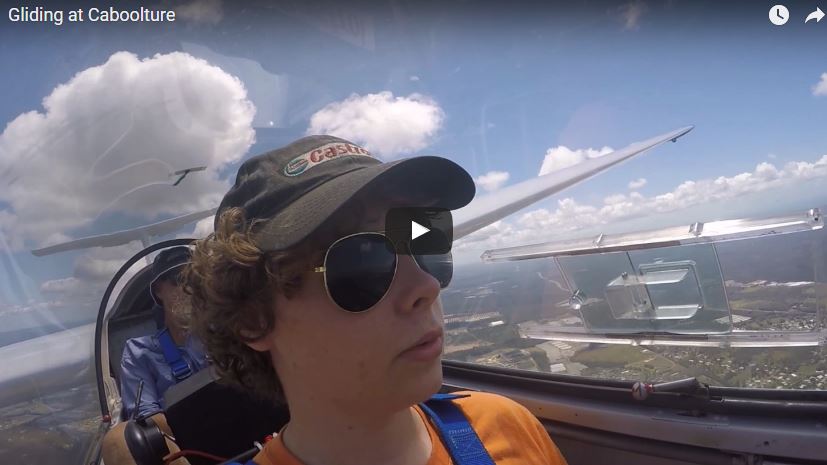FLIGHT MANAGEMENT AND CIRCUIT PLANING
"The two things that have the greatest potential for killing you in a glider are failing to maintain a good lookout at all times and failing to maintain a safe speed near the ground."
This article is complimentary to a more general one titled "Flight Management Decision Making" which is available in the Safety section of the CGC Web Site. It concentrates on the manner in which you enter the circuit area, with particular reference to the situation at Caboolture.
All pilots will be familiar with the concepts of the active and dead sides of the circuit and the general requirement to stay clear of the active side unless on or joining the downwind leg of the circuit. Likewise all will know that the preferred flight path prior to joining downwind is one which brings the glider into the "funnel" from the dead side of the circuit, or joining crosswind from the dead side.
However it is an unfortunate fact that many pilots fail to manage their flight such that this is practicable. Some have even been observed using what our RTO (Ops) calls the "salmon" approach. This is like the salmon swimming upstream against the current and running into a large bear. In other words, flying upwind on the downwind leg and then doing a U turn to track downwind! This is not only unsafe; it is contrary to regulations as is turning right into or within a left circuit pattern.
Please reflect for a moment on your typical actions during the downwind leg - make your radio call, complete the FUST check, assess wind direction and strength, select your landing area and assess the angle to it, check for any obstructions on the field, monitor safe speed near the ground, continually review the angle to landing area and adjust the flight path if necessary. Oh yes, and LOOKOUT for other aircraft and monitor radio calls for evidence of conflicting or converging traffic. During this process the last thing that you want to be confronted with is some idiot flying a reciprocal path at circuit height, or crossing in front of you from the direction that you least expect. SO DON’T DO IT YOURSELF!
NEVER fly upwind on the live side of the circuit! The Visual flight guide 2007 (most power pilots’ bible) recommends being 1 nm out on the downwind leg for power aircraft. Therefore the “NO GO” area is at least a mile out from the runway if below 2000 ft. Some of the reasons for this are:
-
Power aircraft may descend onto the downwind leg from higher than 1000ft AGL.
-
Power aircraft may climb out on the downwind leg.
-
High power aircraft have a standard circuit height of 1500 ft and over 1 nm lateral displacement on the downwind leg .
-
Allowance must be made for other aircraft not being at exact recommended altitude.
-
In cabin workload in power aircraft is much higher than gliders and lookout is somewhat impaired on the downwind leg.
So always manage your flight so that flying in a contrary direction near the downwind leg area will not be necessary. Except in an emergency you must plan your flight to join crosswind (preferred), or join the downwind leg from upwind of the joining funnel. In this regard, and particularly on tows to 2,500 ft or less, it is essential that you consider your eventual circuit joining pattern when deciding which direction to fly on release from the tow – yes, that early! Heading towards the active side of the circuit on release may eventually result in an inability to join safely.
Also you must never assume that, just because you took off on Rwy 06, that Rwy 06 is the only active runway in use on the day. You MUST LISTEN to radio calls by other aircraft in the area and act/respond appropriately.
Of course there will be times when unexpected sink or lift will mean that your planned circuit entry is no longer an option. In such circumstances there will invariably be more than one option available due to the runway layout at YCAB and a key factor in the decision making process must be avoiding possible conflict with aircraft in the circuit. In such circumstances a radio call should always be made to alert other users of your new intentions.
Above all - LOOK, LISTEN AND THINK during what is potentially the most dangerous part of every flight and communicate your intentions clearly.
And NEVER put yourself in a situation where you have to “swim against the tide” in order to join circuit.
Brian Wade
CFI
7 September 2007


